As contemporary networks develop, the need for speedy data transfer and efficient interconnection has fundamentally increased. To fulfill these requirements, a 2.5G Ethernet network switch has emerged to serve as a technological bridge connecting traditional Gigabit Ethernet and the increasingly standard 10G Ethernet. This article aims to walk you through everything you need to know when choosing 2.5G Ethernet network switches for your home, business, or enterprise network. Lasting insights will cover performance traits, compatibility specifications, practical uses, and much more – all strengthening network infrastructure decisions in a rapidly changing world.
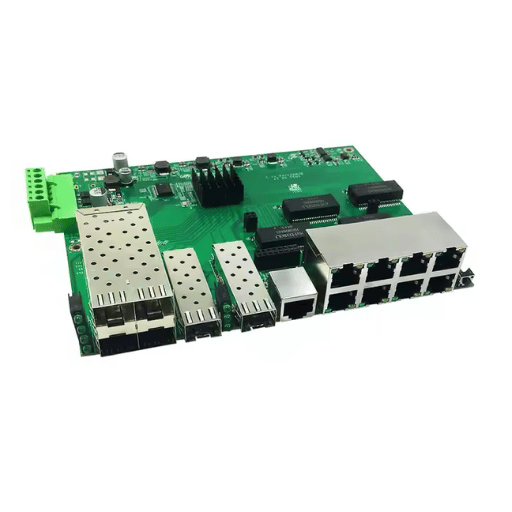
A 2.5G Ethernet switch is a network device that enables communication at a data transfer rate of 2.5 gigabits per second (Gbps). Unlike the previous 1G Ethernet, it is a step up because it can accommodate blooming network demands like HD streaming, huge file uploads, and sophisticated workloads. As with any sort of switch, the logic is simple; it takes in, processes, and sends data packets to the connected devices within a local area network (LAN). It also makes use of auto-negotiation features so that it can adapt to some Ethernet standards like 1G and 5G. This makes the device ideal for places that need better functionality, but not a complete 10G Ethernet switch overhaul.
2.5G technology fills the gap between the ordinary 1G Ethernet and the ultra-fast 10G Ethernet, making it easier on the company’s pocket while still promoting functionality. Below are key details and performance data related to 2.5G technology.
Bandwidth and Speed: 2.5G Ethernet can support network data transfer of up to 2.5 Gbps, which is 2.5 times more than the 1G Ethernet, meaning faster file transfers and data processing for demanding applications.
Network power consumption: 2.5G devices are more power efficient than alternatives like 10G Ethernet, making them suitable for use in home and business networks.
Backward compatibility: Existing network equipment using 1G based Ethernet devices can be integrated into 2.5G networks as 2.5G devices support 1G and older standards.
Cabling necessities: Unlike 10G Ethernet, which frequently requires superior grade Cat 6a cabling, 2.5G technology can operate with standard Cat 5e cabling. This simplifies network upgrade procedures as well as installation costs.
Gaming and streaming: 2.5G devices offer better speeds which enable smoother streaming and low latencies for competitive online gaming.
Small to medium enterprises (SMEs): Meeting the needs of businesses that want dependable high-performance networking solutions without incurring high expenses.
Media entertainment: Transmitting large files such as audios and videos of 4K and 8K resolution is effective without causing delays.
2.5G technology is useful for organizations and individuals looking to improve performance while retaining compatability and efficiency. It provides better network performance without the need to fully switch to 10G, which reduces costs.
The following offers a thorough analysis of 2.5G switches alongside the more common Gigabit switches, focussing on their attributes and functionalities:
Understanding the difference between these switches will allow the decision makers to evaluate their current networking infrastructure against their future growth requirements.
Meeting demanding bandwidth requirements and ensuring backward compatibility with the existing cabling infrastructure is mitigated by upgrading to a 2.5G Ethernet switch. Standard Gigabit switches are outperformed by 2.5G Ethernet switches by 2.5 times, which enhances performance for video streaming, cloud services, and IoT device connections. Furthermore, it resolves network bottlenecks posed by high-density environments such as smart offices and industrial IoT systems. Unlike a 10G switch, which requires extensive infrastructure upgrades, it serves as a low-cost solution by utilizing existing Cat5e or Cat6 cabling. This greatly assists businesses needing to scale efficiently.
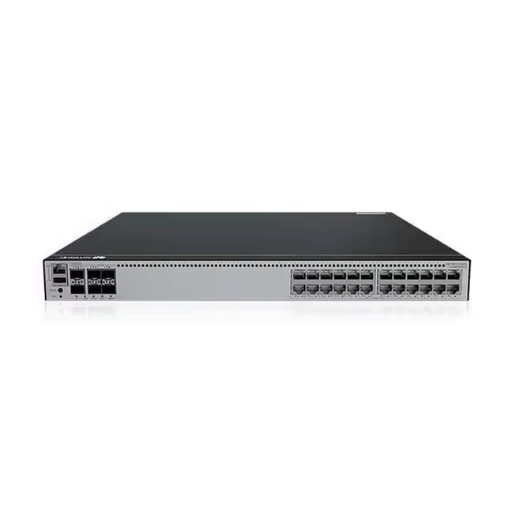
The first aspect to look into is the thermal management of the fanless switch. Sophisticated fanless designs utilize a form of passive cooling to ensure optimal performance within the temperature range of 0°C-50°C. These devices are housed in metal cases which also act as heat sinks to ensure optimal operational temperatures for long-duration work cycles.
Another significant focus is on the bandwidthcapability. Fanless 2.5GbE switches support bandwidth of up to 2.5 gigabits per second per port, which is 2.5 times faster than the standard Gigabit Ethernet. For multi-user scenarios, models equipped with 10 or 20 ports provide aggregate throughput of 25 to 50 Gbps which ensure minimal delay even during maximum load.
Another very important factor is the energy efficiency of the devices, as a lot of these switches are certified to the IEEE 802.3az EEE standards. It does this by reducing power consumption during low network activity periods and can achieve up to 50% savings. These switches under full load and depending on the number of ports can range from 10W to 30W.
Durability and reliability are further enhanced by the absence of mechanical parts like fans.
Fanless switches, with no moving parts, further enhance reliability with an average MTBF exceeding 200,000 hours, making them ideal for mission critical applications.
For applications that require silence, power efficiency, and longer operational life, fanless 2.5GbE switches are the optimal solution.
Fanless 2.5GbE switches are designed to be more efficient and less power hungry than their fan cooled counterparts. This efficiency is achieved with better hardware and no active cooling necessitated by advanced thermal designs. Many modern fanless switches boast strict efficiency compliance standards such as IEEE 802.3az EEE, which automates reductions in power use for low-activity periods. As an example, some leading models on the market today for 8-port configurations claim average power use under 10 watts. These switches are not only proactive in the environmental sense, but also financially by lowering operational costs over time.
With managed switches, an administrator can control and configure traffic on the network. Below are the highlights and features of managed switches:
Control and Monitoring:
Full control network settings as well as monitoring traffic.
Support for VLAN (Virtual Local Area Network), allowing traffic to be partitioned into different logical networks.
Advanced Features:
QoS (Quality of Service) for prioritization per application or device.
Multiple physical connections can be combined to present a single logical connection through LACP (Link Aggregation Control Protocol).
STP (Spanning Tree Protocol): Prevention of network loops.
Security:
Support for management encrypted protocols like SSH and SNMPv3.
Device access restrictions through port security.
Scalability:
Designed for advanced tier enterprise networks or highly structured cross-departmental integrated networks.
Provides add-on adaptability that meets changing network demands and supports future growth with dynamically changed network demands.
Cost:
Higher priced because of additional features.
Get additional staff due to increased management needs.
Unmanaged switches have no configuration capabilities and are much simpler plug-and-play devices. Below are the defining characteristics of unmanaged switches:
Ease of Use:
No configuration needed; when network devices are interconnected, they communicate autonomously.
Unmanaged switches are best suited for small scale deployments, such as SOHO (Small Office/Home Office) networks.
Basic Functionality:
Automatic detection and connection of devices via auto-negotiation ports.
Primary Use: Enables elementary data transfer between devices.
Pricing:
Tends to be more cost-effective than managed switches.
Lower ongoing maintenance expenses due to lack of advanced functionality.
Use Cases:
Ideal for basic network control and management.
The decision between managed and unmanaged switches is dictated by the parameters set by the surrounding network, including budget constraints and the need for oversight and growth potential.
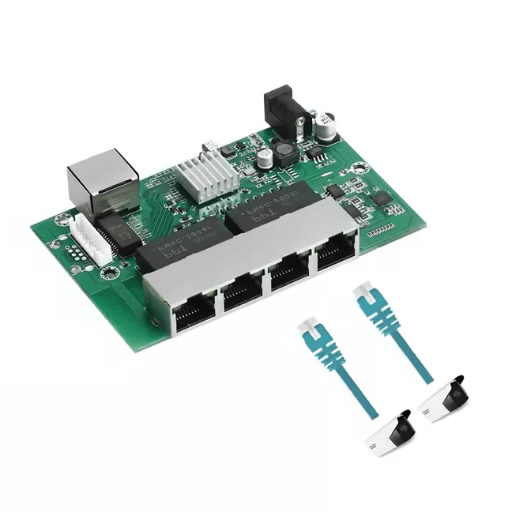
Data transfer rates on a 2.5GbE switch can go up to 2.5 gigabits per second, more than doubling the bandwidth of conventional Gigabit Ethernet. This switch type is useful for managing high bandwidth activities like file transfers, video streaming, and online gaming alongside other activities without the full overhead of switching to a 10GbE infrastructure. It is especially useful in regions where internet speeds or devices outpace 1GbE networks. This switch type minimizes modern network performance bottlenecks.
Ethernet ports that fall under the Multi-Gigabit category have speed range from 1Gbps to 10 Gbps which makes the assignemnt of bandwidth adroable to high perfomance activities. Multi-Gigabit also allows NAS systems, servers, gaming consoles and others to forgo bandwidth sharing. Moreover, backward compatibility with lower-speed devices enhances integration into mixed networks for optimized network. Their implementation can greatly increase modern multi-user environments for elatency and network throughput, supporting emerging technologies like 8K video streaming and virtual reality.
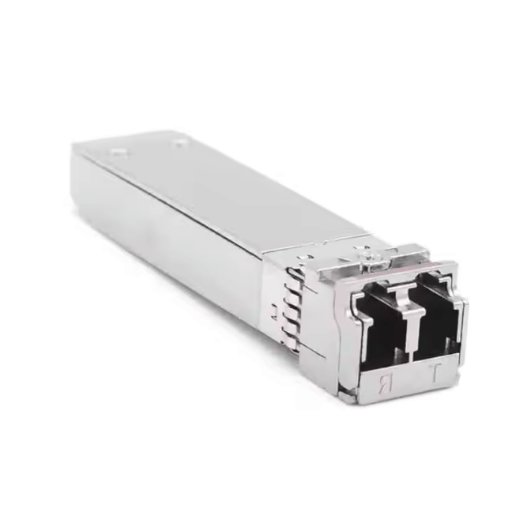
Provided below is a comprehensive outline of primary benefits offered by 2.5 Gb switches with SFP ports:
Due to the effortless integration they offer to the outdated infrastructure, these add-ons are crucial to small and medium enterprises while larger organizations rely on them to modernize their data infrastructure.
SFP (Small Form-factor Pluggable) ؖ-enhanced interfaces perangkat jaringan SFP ports hot swap dan memungkinkan upgrade dan reconfiguration dari network devices while keeping system operational.
Data terbaru menyebutkan bahwa penggunaan SFP ports dengan konektivitas fiber optic mampu meningkatkan kecepatan transmisi data sampai dengan 10 Gbps bahkan lebih (bergantung pada transceiver yang digunakan) serta memperlemah signyal dengan besar pada jarak yang jauh. Posisi danMulti-mode fiber optic dapat menjangkau sejauh 10 kilometer, sedangkan single mode dapat lebih dari 10 kilometer.
Burnworth K and Wanke F 2022, Design and strategic benefits of integrating SFP ports in modern networks
Bellevue University az0612@bellevue.edu claim configurable crs can raise to roughly 10 gpbs depending ceilings. Segmented methodologies enables to support copper for short distances or fiber for long distances with only a single port.
Wireless region connections do pose some restrictions ad Wanke and Burworth 2022 details.
When integrating 10G SFPs with a 2.5GbE switch, it is critical to check if the switch, transceivers, and network architecture work together. Ensure that the 2.5GbE switch has SFP/SFP+ ports that support 10G transceivers. Most recent switches have backward compatibility and can accept 10G SFP+ modules even while throttled to lower speeds like 2.5Gbps. Also, make sure to choose the right transceivers (e.g. 10GBASE-SR for short distances and 10GBASE-LR for longer distances) as well as appropriate optical cables or DACs to link the devices. The mixed use of 2.5GbE and 10GbE is a cost-efficient strategy that balances performance with future growth, particularly in settings that are rapidly evolving to require more bandwidth.
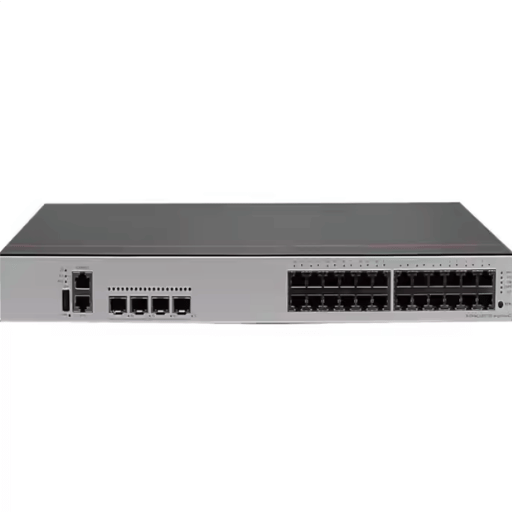
When it comes to the home network, uses of a 2.5GbE switch comes with the merits of flexibility to expand and grow into more advanced data needs without a full 10GbE infrastructural overhaul. It is the case that high-end PCs, gaming consoles, and NAS (Network Attached Storage) devices increasingly come equipped with 2.5GbE interfaces, facilitating greater data transfers than the former 1GbE standard. For example, a 10GB file transfer over 1GbE would take about 80 seconds, but with 2.5GbE it would take only about 32 seconds, which is a marked increase in efficiency and improvement.
Make sure that your switch has enough ports to accommodate all wired devices in your network when setting up a home network with a 2.5GbE switch. Furthermore, make sure that the used Category 5e or Category 6 cables match, as these do not need to be changed for 2.5GbE speeds. Most contemporary switches support legacy equipment 1GbE and 100MbE devices, so there are no worries in bridging older equipment. For users catering to more demanding workloads, such as media editing, video editing, or high-definition video streaming, a 2.5GbE switch is indispensable for reducing the worst-case scenarios of performance bottlenecks far better.
There are several performance optimizations that can be carried out for a home network as described below:
To make certain that the wireless signals are received everywhere within the vicinity, place the router in the center.
Keep the items like metal, thick inflexible walls and microwave appliances, which may disrupt the flow, out of the vicinity.
Use Ethernet cables such as Cat 5e and Cat 6 which ensure high data transfer for greater efficiency.
Prevent the network switches and routers’ physical housing from having caps which can cause undue stress as well as scratches, this frequently causes erroneous data transfers in the network.
Make use of QoS settings to prioritize critical devices and proactively adjust background processes to ease the congestion.
Old devices interrupt the Quality of Service and must be connected to power eradicating background applications on these devices.
For added efficiency and speed make definite that your routers and devices are updated along with spearheads standards like Wi-Fi 6.
Make quick connections with lowering interferences by utilizing the 5GHz band when it is accessible.
Impromptu modifications to the login details as well as using protocols like WPA3 where it is defended ensures the data hasn’t been compromised.
To receive the benefits of the newest security fixes and execution enhancements, update your router firmware regularly.
Ensure that updates are done on smart televisions and other connected devices to enable their interrelation through IoT.
Set your router to operate on the least used wireless channel within your vicinity.
Employ applications to analyze and troubleshoot for the above-mentioned problems.
Assessment for abnormal bandwidth usage by devices should be done. This may be sudden increases of bandwidth utilization with no apparent reason, or excessive bandwidth utilization over long periods of time.
By optimizing the above factors, users can greatly increase the home network’s reliability, speed, and performance to keep up with digital needs.
With regards to home use, the selection of one type of switch between unmanaged and managed solely relies on the individual’s networking demands as well as skills. For uncomplicated networks that only undergo minimal scaling, unmanaged switches provide a plug-and-play solution. Unmanaged switches are more affordable and are basic, inexpensive devices. This means that they are perfect for small scale networks such as a few devices interconnected within a house.
Managed switches offer advanced capabilities such as VLAN configuration, QoS settings, improved network monitoring, and enhanced traffic management. These switches are ideal for users with complex networks that need streaming, gaming, or home office bandwidth prioritized, along with heightened security protocols. They offer better control, scalability, and functionality, but managed switches are more expensive and require technical expertise to configure. For most households, unmanaged switches are adequate, but if precise control is needed or if there are plans to expand the network, a managed switch is a worthwhile investment.
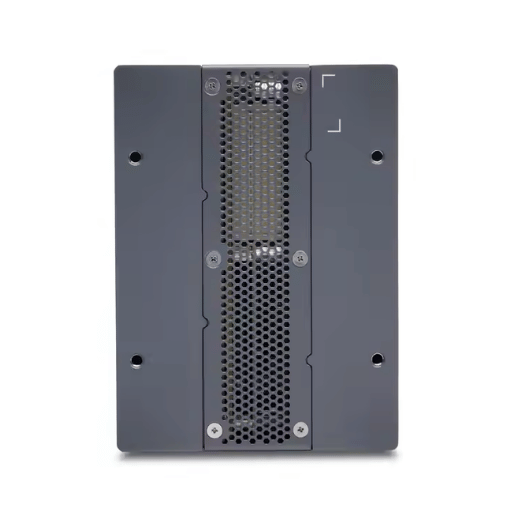
The cost of purchasing a 2.5GbE switch is determined by the number of ports available. A 5-port switch is usually priced within the range of $80 to $150, whereas an 8-port switch is priced between $130 to $250. The increased cost of 8-port models is indicative of their higher capability and their appeal to networks that need more scalable support. Regardless, the decision must be tailored to the requirements of your network, as the added expense may not be justified for a lower-tier setup.
The benefits a fanless 2.5GbE switch provides, such as noiseless operation, are unrivaled and ideal for the home, small office, or any remote setup that prioritizes minimal noise. These switches are quieter since they do not have any moving parts like fans, and because there are no mechanical components that can break, these fans tend to be more reliable over time.
Because of their noiseless operation, fanless switches are more efficient when it comes to power and heat management. For example:
A 5-port fanless 2.5GbE switch will, on average, 7 to 10 watts of power during day-to-day operations.
An 8-port fanless 2.5GbE switch can be expected to draw 10 to 15 watts of power depending on the brand and usage.
These efficient power standards reduces costs of energy and permits the switch to remain cool without any need of active cooling methods, making this an ideal option for compact areas.
Fanless switches shine in very particular situations where quietness, silence, and dependability serve as one of the key requirements:
Home Networks: Extremely useful when merging high speed internet with silence.
Home Offices: Guarantee no drop in internet connection without any interruptions.
Media Setups: Great for streaming setups where the capability to be silent is critical.
Users reaping the advantages of adopting a fanless 2.5GbE switch thus enjoy the benefits of a resilient, high-speed network, all while operating in a low-maintenance and distraction-free environment.
Finding the ideal affordable 2.5GbE fanless switch will greatly rely on the users need for quality, consistency, and the pricing. Nowadays, models such as the QNAP QSW-1105-5T and the TP-Link TL-SG105-M2 come widely recommended. Offering five 2.5GbE ports, both models boast fanless operation and quiet performance with excellent reliability for home and office purposes. Their pricing marks them as high quality options, perfect for users on a budget.
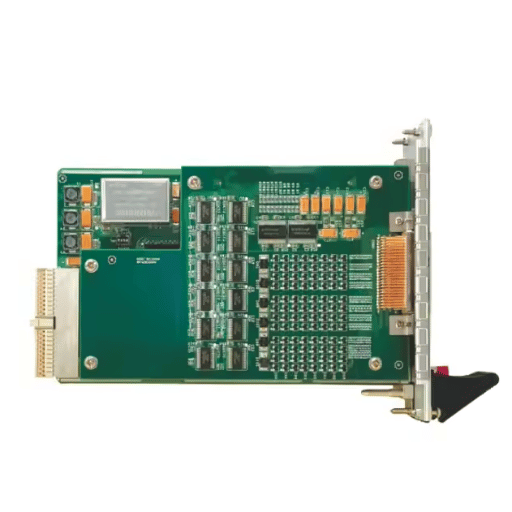
A: A 2.5G Ethernet Network Switch is a type of network equipment that since its introduction to the market, has provided a data transfer of 2.5 gigabits per second (Gbps) which is greater than what is provided by standard Gigabit Ethernet switches (1 Gbps), thus making data transfer more efficient and productive.
A: A PoE (Power over Ethernet) switch has the capability of powering other compatible devices, such as IP cameras, pc telephones, and even wireless access points over the Ethernet cable eliminating any extra power supply devices, and thus streamlining the arrangements of the network.
A: A fanless, unmanaged 2.5G switch does not use any fans, which means that it has a noiseless mode of operation, something which is great when it comes to locations that are more sensitive to sound. Also an unmanaged switch means that the user has no need to adjust the settings and therefore, can enjoy straight forward plug and play functionality making the device convenient to small networks and even homes.
A: VLAN (Virtual Local Area Network) support makes it possible for a network switch to divide the covered network into sub-networks that can be defined as logical groups. So VLAN support enhances a network switch by improving the level of security and efficiency by isolating sensitive data, thus reducing congestion transversing traffic on the network.
Q: What are the things I ought to think about when deciding between a 5 port and an 8 port 2.5G switch?
A: In the case of a 5-port and 8-port 2.5G switch selection, think about the networked devices to be connected. For smaller configurations, a 5-port switch may be adequate, but an 8-port switch provides increased capacity for growth.
A: A switch with 1 x 10G SFP ports provides significant benefits in fully utilizing the uplink bandwidth, permitting greater data transfers with the peripheral network devices and other high-speed ports capable of improving network efficiency.
A: Indeed, there is ultimate cheap fanless 2.5Gbe switch that sits on the cost-efficient side while boasting reasonable performance for the price, making it suitable for his budget when purchasing this device.
A: Enhancing security and functionality of the switch can be done by updating its firmware. This can be done through the switch’s web interface by navigating to the firmware update section and following the manufacturer’s instructions.
A: A 2.5G Multi-Gigabit Desktop Switch extends the speed of data transmission by allowing multiple users to connect to the same switch which translates to efficient networking at garages and offices.